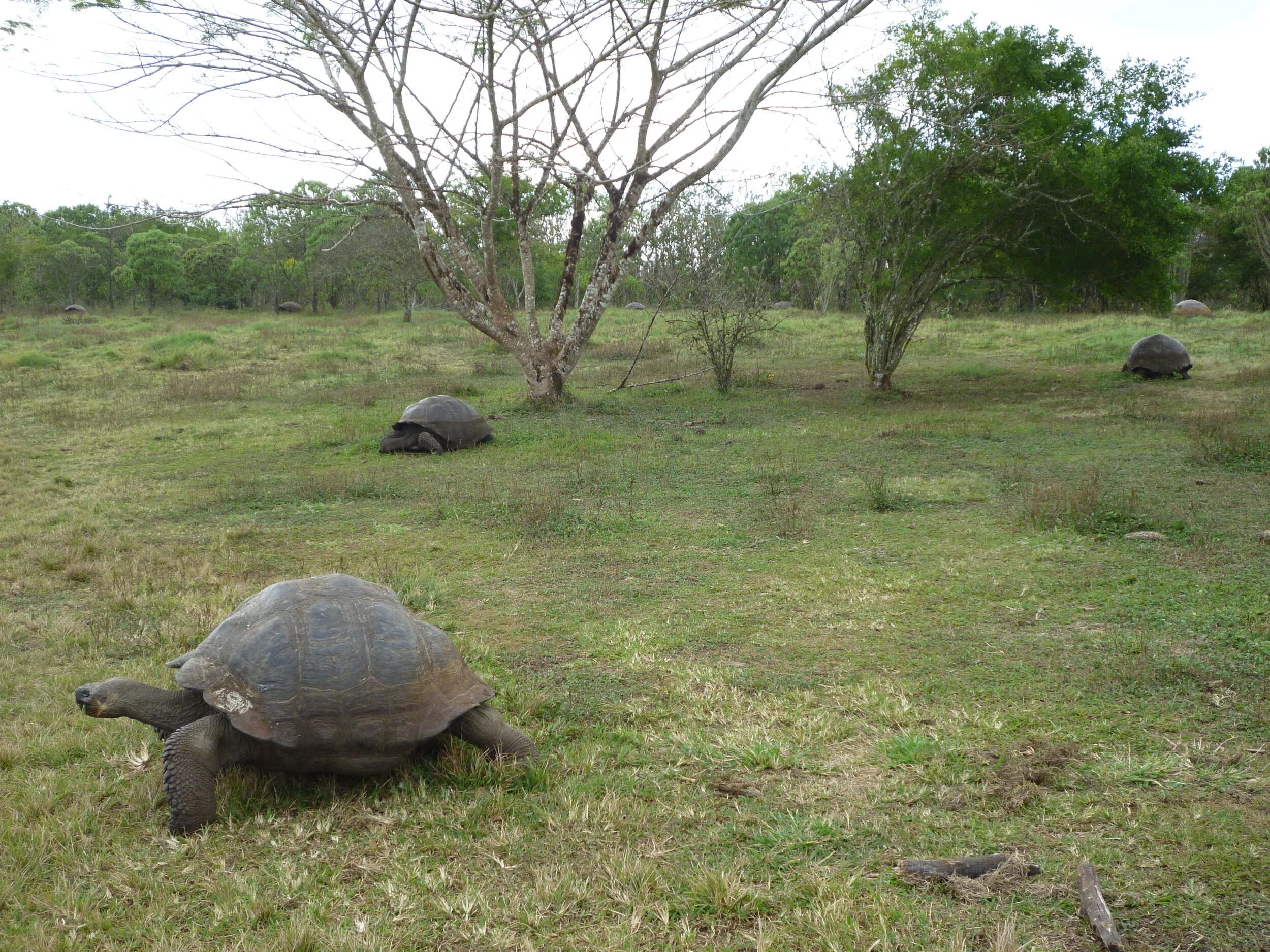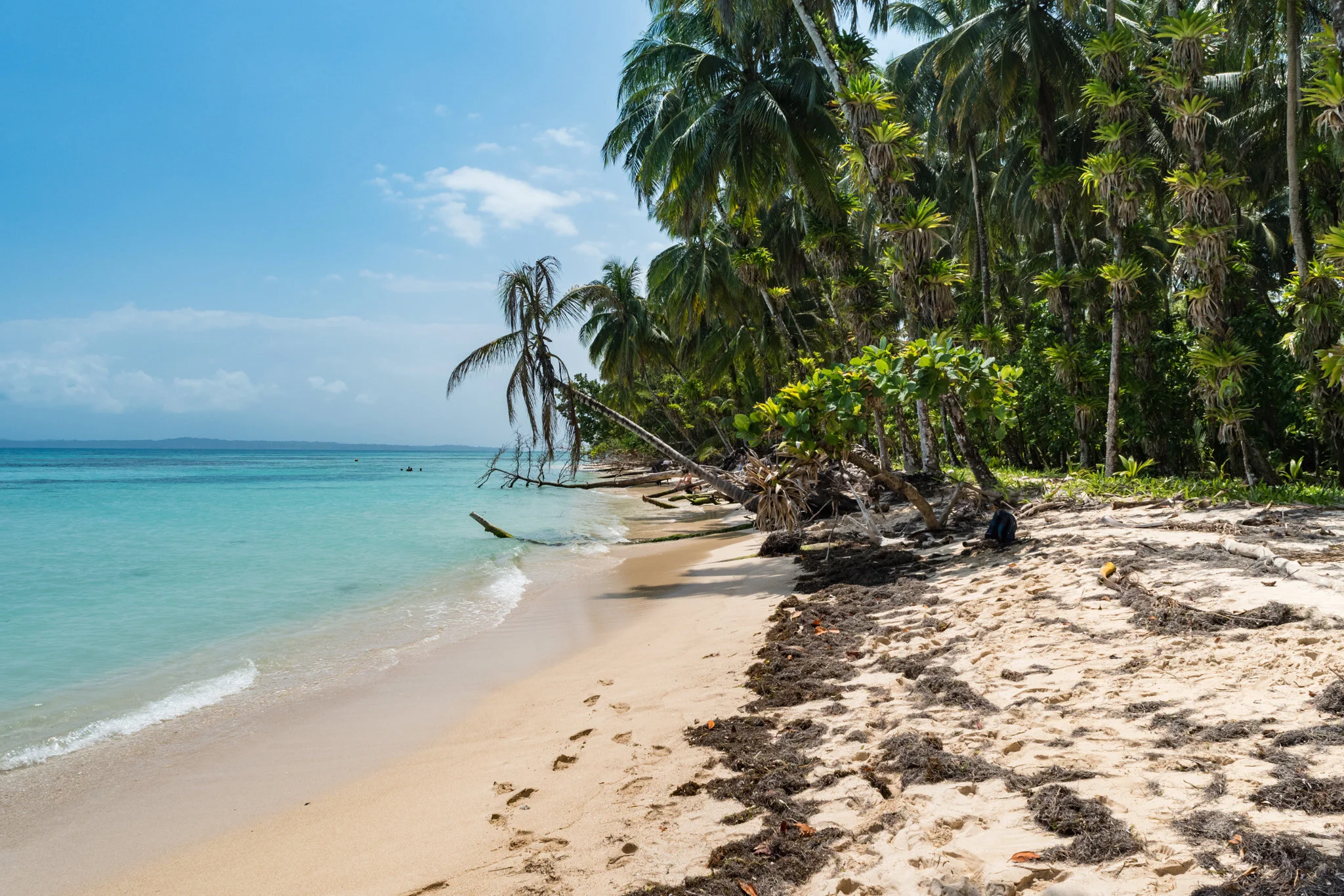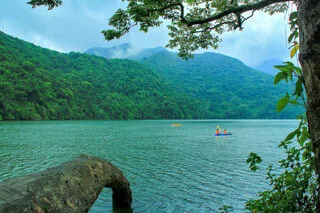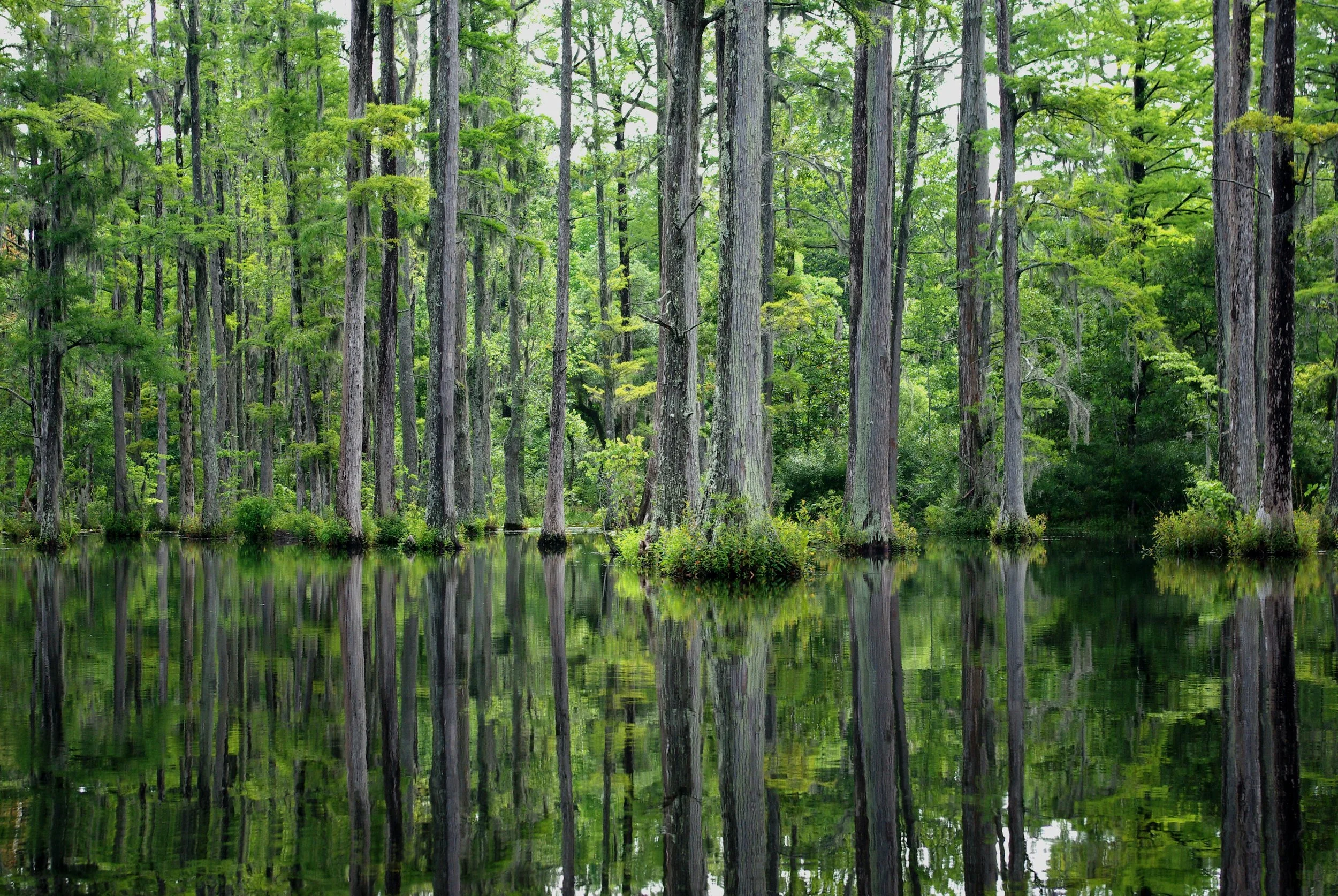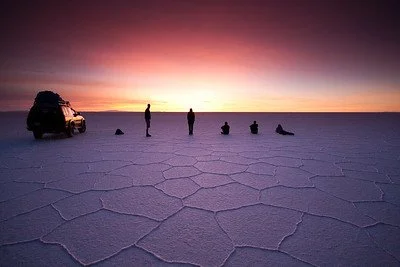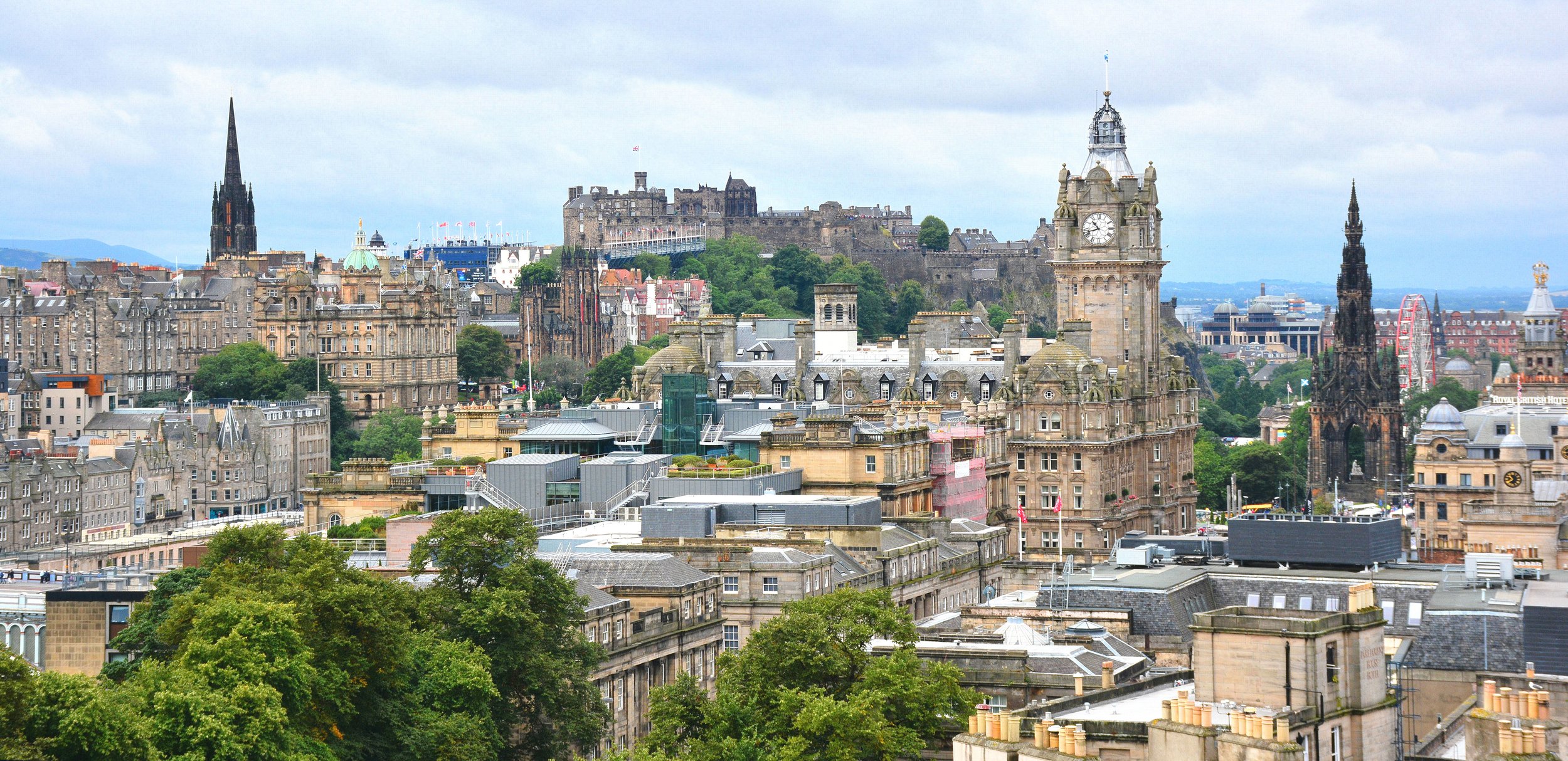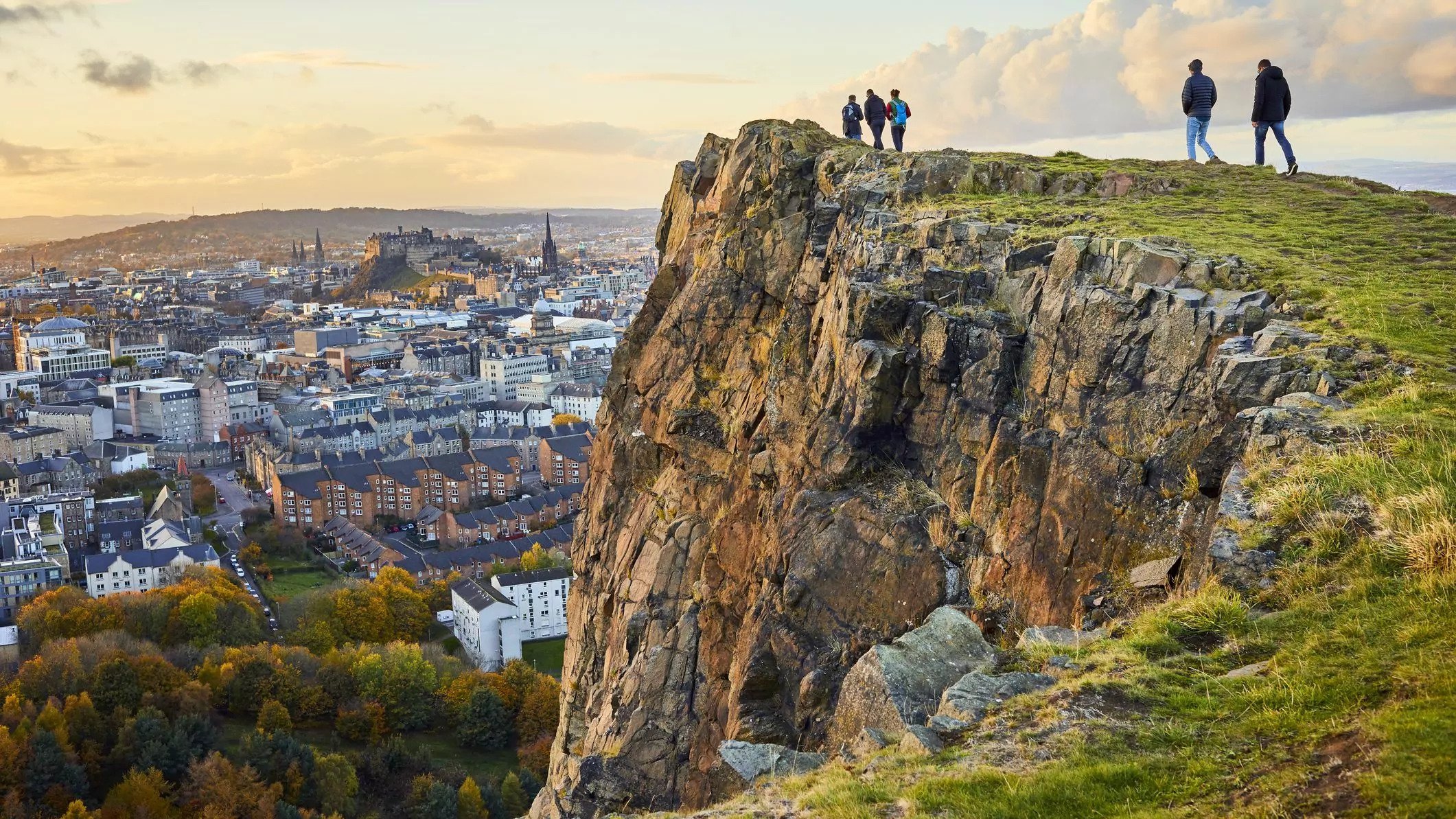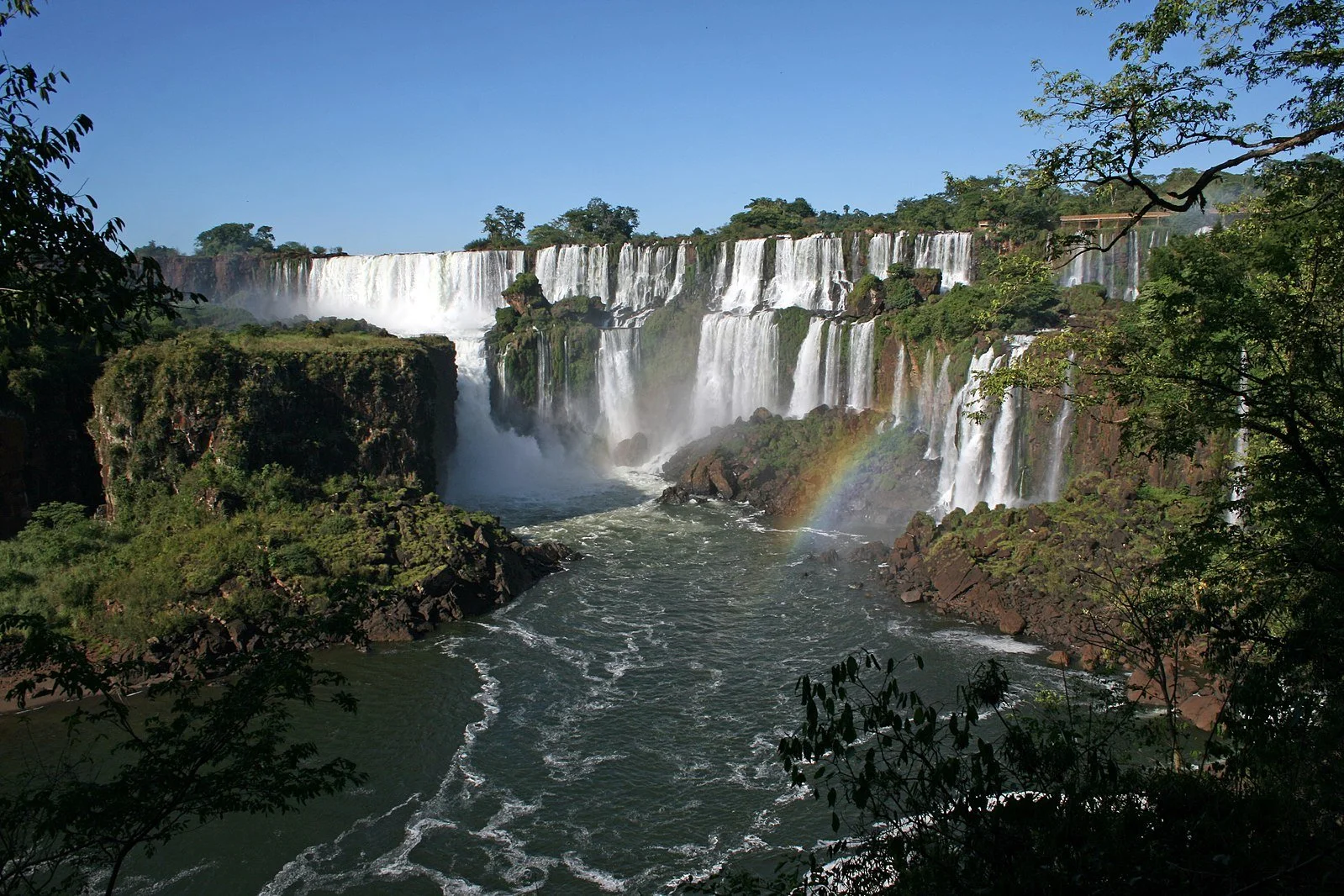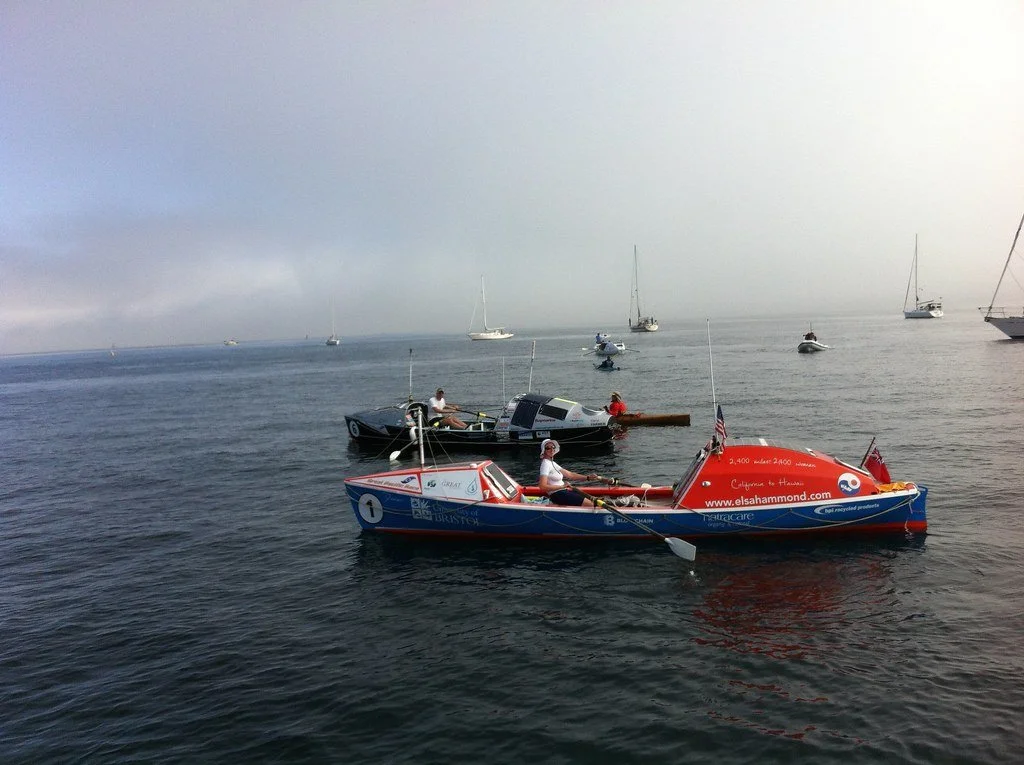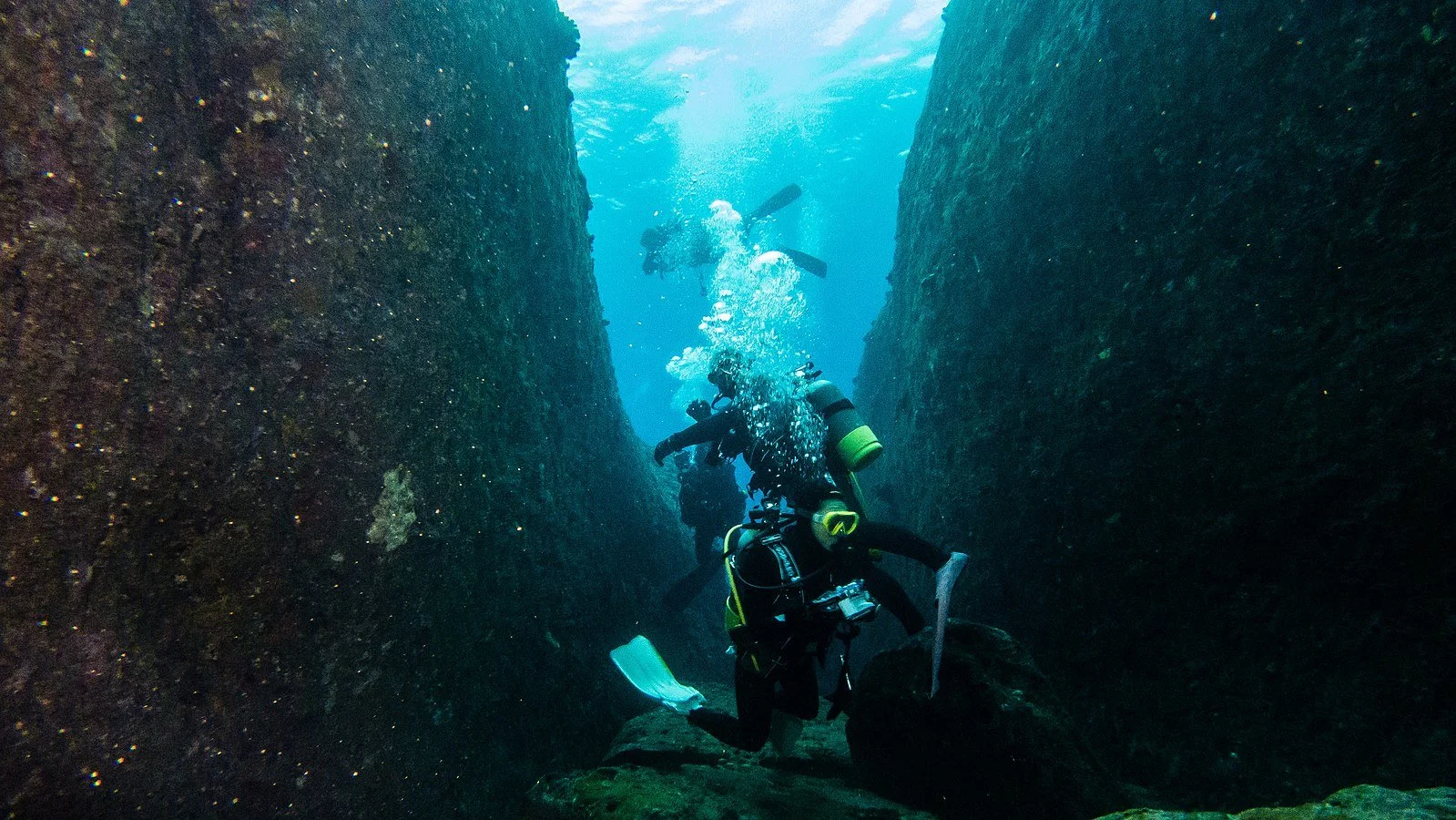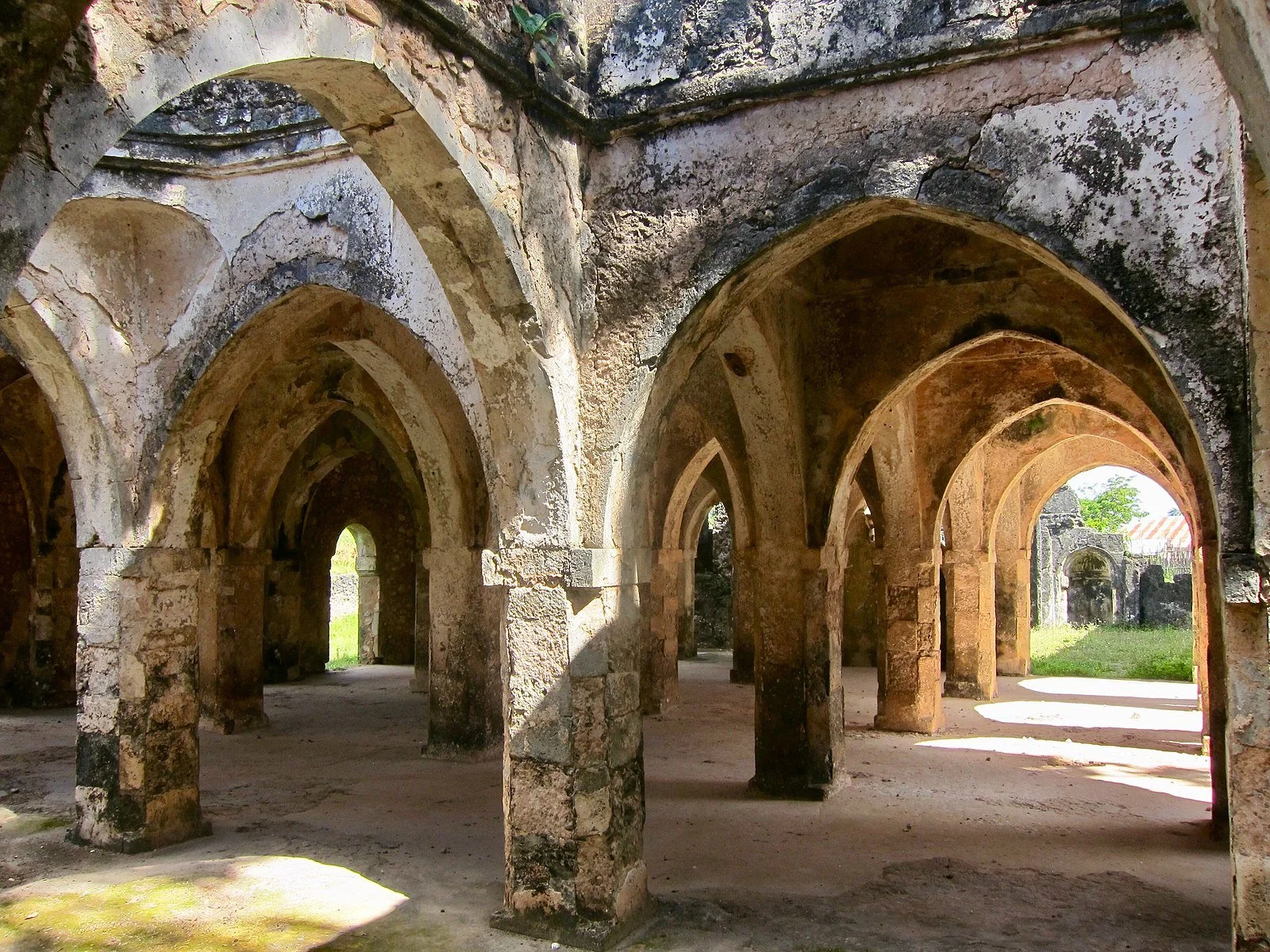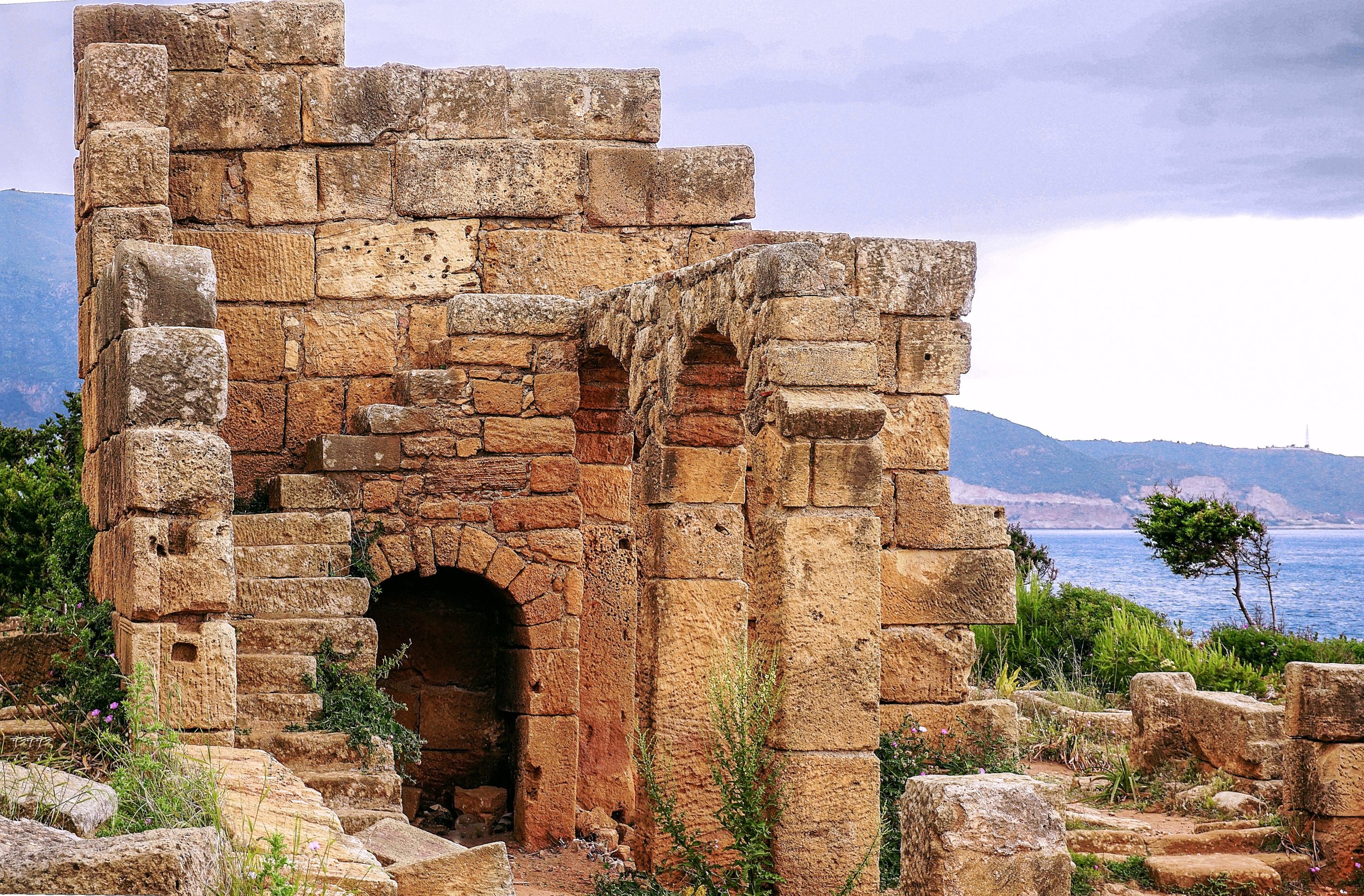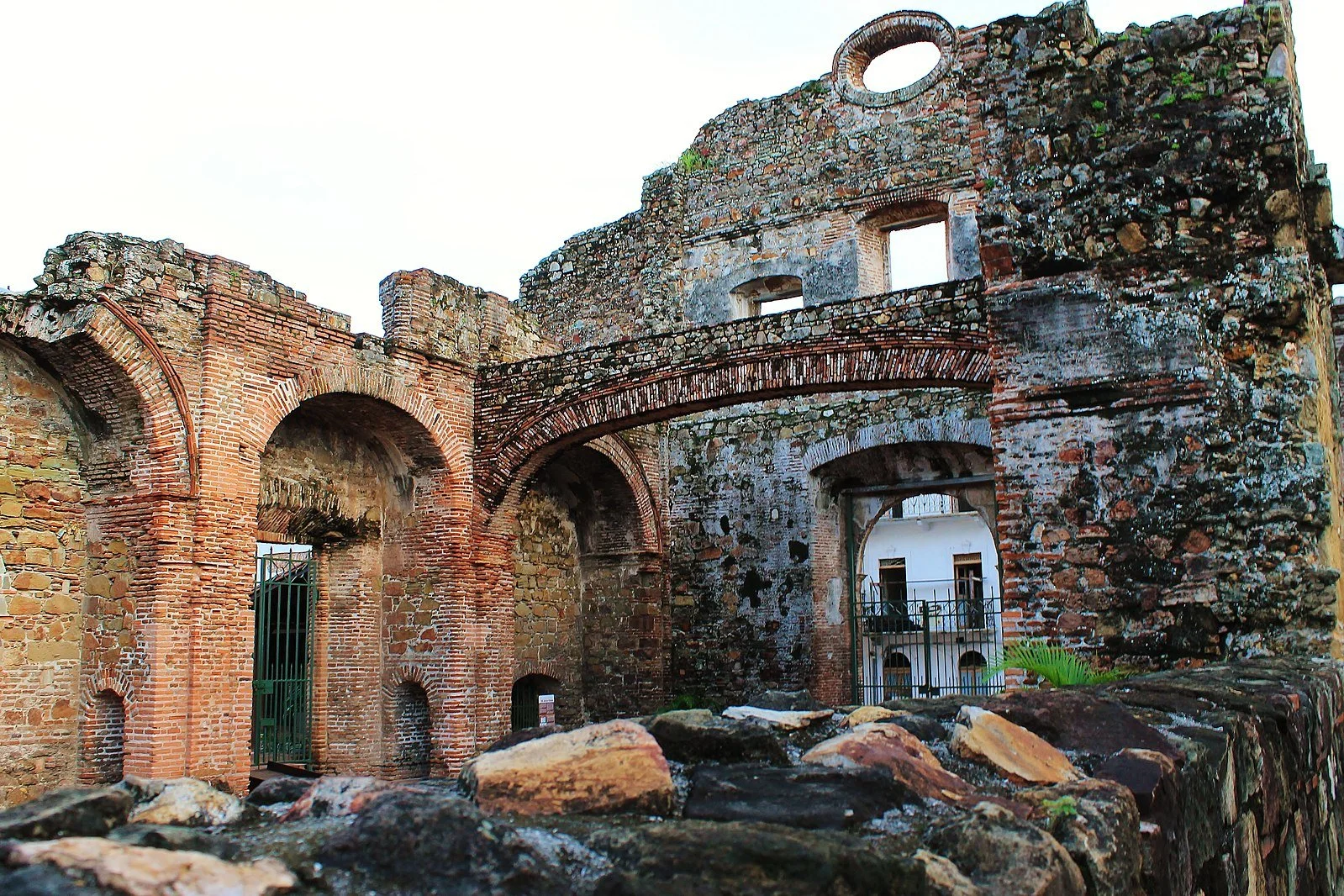The Trans-Siberian Railway, the longest railroad line in the world, is an example of the joy that train travel can bring.
The Trans-Siberian Railway passes through Dornogovi, Mongolia. Boccaccio1. CC BY-NC-SA 2.0.
The popularity of railroad travel has diminished in the modern age. Cars allow for a freedom of movement that would be impossible on a train, and airplanes take the traveler farther and faster than railroads could dream of. The role of trains in the last 75 years has seemingly become filling in the gaps left by other forms of transportation. Stiff and awkward journeys of a few hours, connecting two cities with sterile cars and rusty tracks, are far too common, at least in the United States. But the beauty of a train trip is still attainable. Travelers can get a Eurail pass and travel across Europe, or take a private railway through rural Japan. Or they can do one better, and take the Trans-Siberian Railway.
Although it is actually a single collection of routes within the massive Russian rail network, the Trans-Siberian Railway is famous in its own right. It is the longest railway line in the world, with its longest route connecting Moscow and Vladivostok over 5,772 miles. It is also historic; the railway’s construction began in 1891 when Russia was still a Tsarist state, and it continues to be developed today.
Russia, especially Siberia, is not a place noted for its tourism. Yet the Trans-Siberian stands as a shining light in the nation’s wintery darkness. The railway is cheap, comfortable and most importantly, gives you that rollicking, adventurous spirit that only good train trips can.
A Trans-Siberian trip is also extremely flexible. One can start at St. Petersburg or Moscow and head east, or start in the east at Vladivostok or Beijing. Trains from Europe connect to the Trans-Siberian in St. Petersburg and Moscow, which means that it is possible to take a train trip from Paris all the way to the eastern coast of Asia.
The Trans-Siberian Railway in Irkutsk. Wazari Wazir. CC BY-NC-SA 2.0.
Something that differentiates railways from other modes of travel is that you can, and are supposed to, get off. The Trans-Siberian is no different. There are incredible landmarks at every stop on the journey; it’s easy to arrange to check out the ice lakes in Irkutsk or to visit the Naadam festival in Ulaanbaatar over the course of your trip.
Stepping off the train and seeing Siberia is part of the fun, and every traveler who rides the Trans-Siberian is encouraged to at least walk around a bit while the train is stopped at each station. But the train itself is an enjoyable space to live in. There are a few different options to choose from when buying tickets: most travelers choose second class (known as “kupé”), which reserves a spot in an air-conditioned car with four beds, but there is also the pricier first class (“spalny vagon”), a car with two beds, and third class (“platskartny”), an open car stuffed with fifty-four bunks. Travelers are sure to meet people in whatever class they choose, as late nights spent in the restaurant car playing cards and drinking vodka are common. Platskartny is probably the most genuine Trans-Siberian experience, as you will be surrounded by Russian commuters and travelers. But platskartny is also quite cramped and noisy, and the privilege of having a semi-private bathroom is lost. It is something to consider before you snap up a super-cheap ticket.
The Trans-Siberian Railway is not a tourist line; it is a real, historic railway that people around Asia use to see their families and take vacations themselves. As such, one should treat it and the people on it with respect. One should also do some more research about the train before planning a trip; there are many helpful websites with information about the Trans-Siberian, such as Seat 61’s extensive article.
The Trans-Siberian Railway, overlooked to many outside Asia, is perhaps the last vestige of old-fashioned rail travel. As a consequence, it has a unique effect on the land it passes through. The secrets of Siberia would stay unseen on an airplane over 30,000 feet in the air. But n the railway, the place has no choice but to reveal itself.
Finn Hartnett
Finn grew up in New York City and is now a first-year at the University of Chicago. In addition to writing for Catalyst, he serves as a reporter for the Chicago Maroon. He spends his free time watching soccer and petting his cat.



























